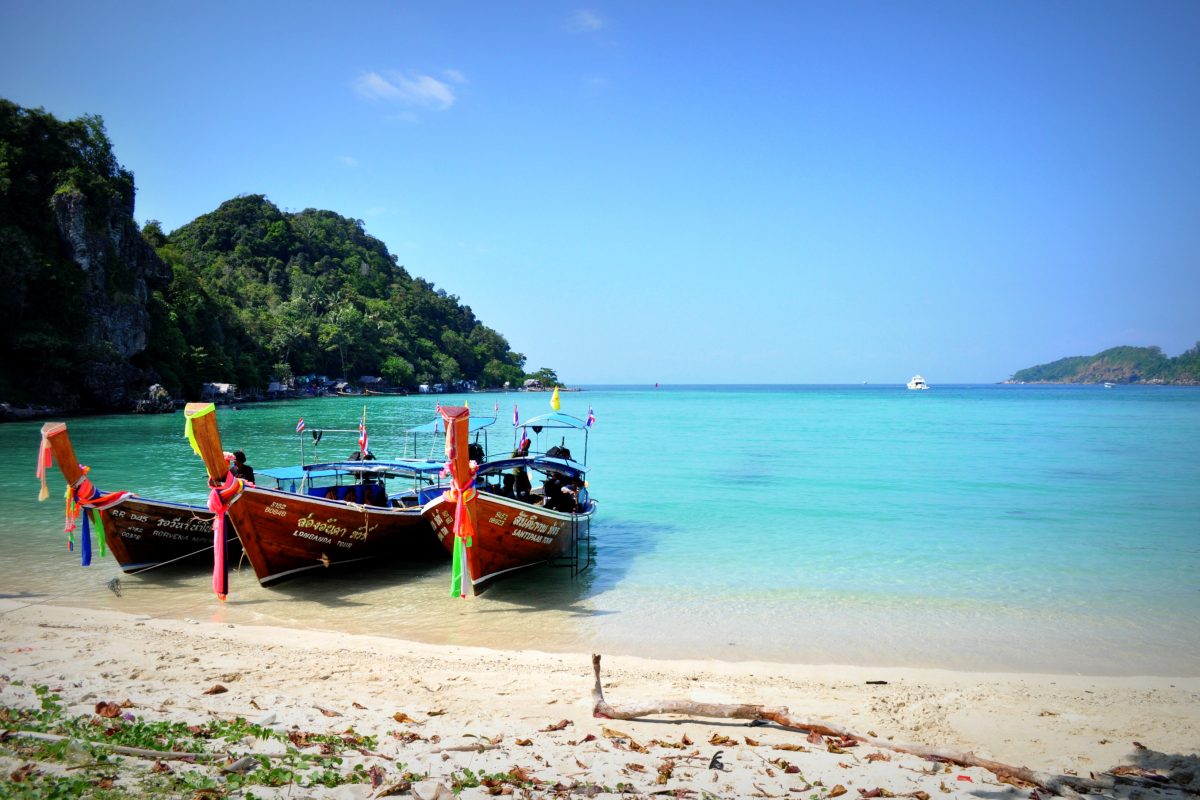
Planning a trip – be it a family vacation, a couple’s escape, or a solo adventure – is an exciting experience that begins before the real adventure gets started. It can be an enjoyable experience that leads to many priceless memories as well as personal growth and family bonding. Having departed on our share of travel adventures to different locations around the globe, I decided it was due time to share what we’ve learned. Read on to find out how to plan a trip for a successful vacation with as little stress as possible.
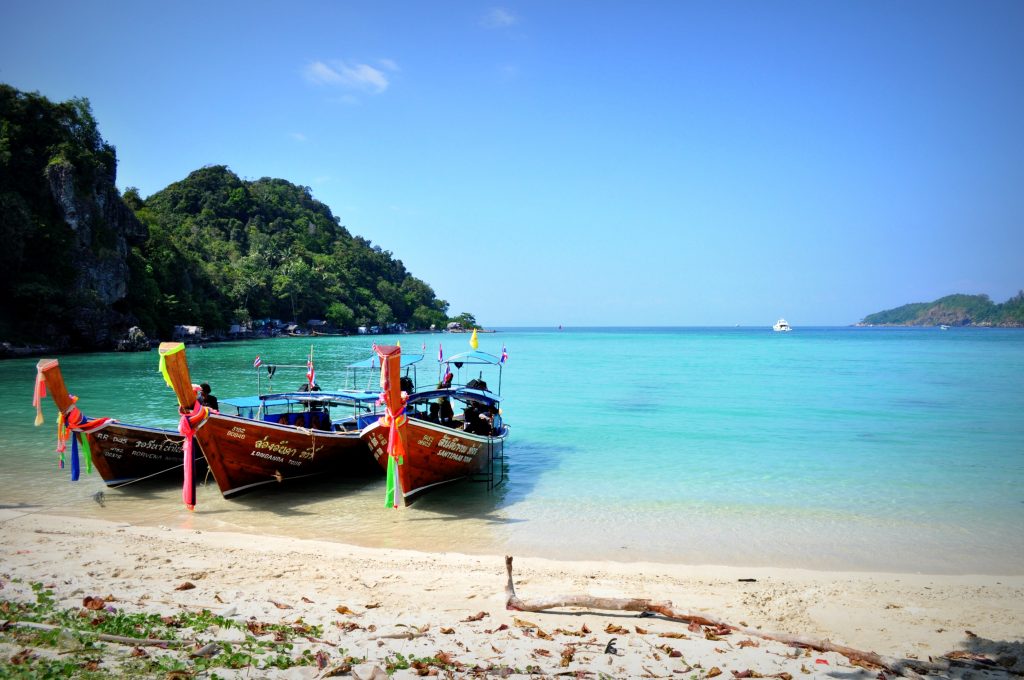
We tend to base our travel locations on where we can get plane tickets to for the cheapest price. We keep our eyes open and check different online resources until we find a good deal to a place that we’re interested in going to. At this point in time, with a small child in tow, we cross-check the low-cost flight destinations with our Canada travel advisories to ensure safety, and do some research to find out what kind of cost of living we can expect while traveling there.
One great website we use to find and book cheap flights is YVRdeals.com. While this website is specific to deals on flights from YVR (Vancouver airport), you can choose to search from a variety of other Canadian cities’ airport departures here.
Travelling with young children? Check out these 22 tips on flying with a toddler.
One of the first things I do after booking tickets is to go buy a small notebook that can be used to contain all our travel details. This booklet will be your saving grace when looking back at plans to confirm or change anything. It will also be priceless when you’re lost on arrival, realizing that nobody speaks English and, while you previously felt fluent in the foreign language, no one understands your attempts to speak their language. Simply pull out the notebook, point to the name and address of your intended destination, and they will be far more able to figure out where you want to go.
Don’t rely on being able to pull info off of your email or elsewhere on your phone, as wifi may not be available, internet could be so slow it will not load, or your phone is dead. Trust me, put down all information in print and you’ll be more relaxed and prepared for any little blips in your trip.
I generally choose a thin, compact notebook with lined pages, that can be slipped into a small backpack, pocket, purse, or even the passport wallet so it stays with us wherever we go. I start with the main flight details for departing and returning (all of them – flight numbers, airlines, times, layovers), and write out a simple itinerary that shows which dates we’ll be in which locations. Then I break up the rest of the notebook into sections, reserving a few pages for each location we will be basing out of. For instance, our first location in Panama will be Panama City, so our first section is titled with the dates there and “Panama City”, with details for accommodation first, followed by notes on what we’d like to do while there. The empty spaces will be available to jot in any details we need about specific tours, markets, car rentals, bus schedules, etc.
It’s awfully nice to be able to enjoy your vacation, rather than spend your time stressing out about where you’re going to stay and what you’re going to do. Of course, I have come across some wonderful hotels, tours, and food purely by accident. But (especially with a young child along – they do take a lot of attention) it’s nice not too have to worry too much about the basics like where to go, where to stay, and at least a few things to do while you’re where you’re at. Get yourself a copy of the most recent Lonely Planet book for wherever you’re going. Google yourself a little travel web trail that helps you get to know more about where you’re going, and what you might want to put on your list of to-do’s while you’re there.
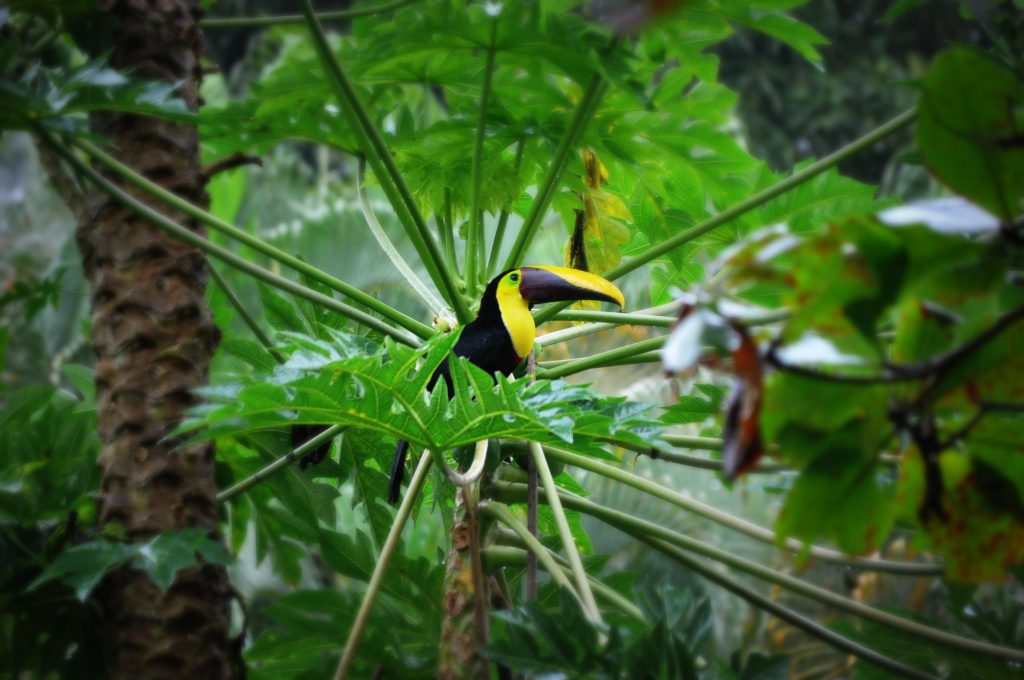
After reading posts, perusing travel books, watching “best of” videos, and chatting with friends who may have been where you’re going, sit down with your notes and your travel partner(s) (if any) and make a list of the things you want to do and see. Having this list of the must-dos that are most interesting to you will help you nail down your travel route and decide how to plan a trip that best works for you.
Compare your list of desired to-dos on your trip with a map of the country or area you’ll be visiting. If you notice that most of the things you’re interested in checking out are based in a few different areas, you might choose to split your time between those 2 or three areas, spending an appropriate amount of time in each area to accomplish the things you hope to see and do there.
If you see that one of the things you had on your list is far removed from the rest of the locations you’d like to visit, you might have to decide which is most important to you, and cut the others out. For instance, when planning our upcoming family vacation to Panama, there were many different areas we were interested in when we jotted down notes from our research into the country, but when comparing with the map, we could see an easiest route present itself in the North half of the country, and made the decision to save some of the other locations for a future trip, should be return to Panama. You simply can’t do it all in one 2- or 3-week trip, no matter where you go. The world is rich with adventure.
*Note: If you’re traveling with a budget (as most of us are), it can help to narrow down your itinerary to run a quick accommodation search for the locations you’re choosing between. Some areas can be far more expensive to stay in than others.
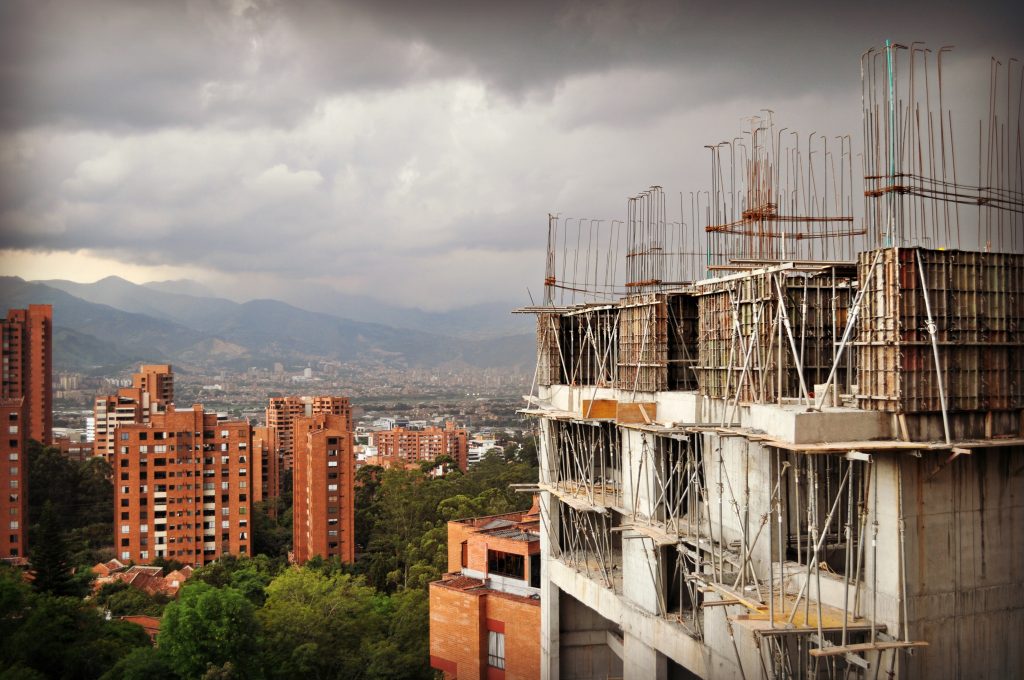
When you’ve decided what your travel itinerary will look like, take care to research how you will go from each place to the next. Sometimes what looks like a quick road from point A to point B when you consult the map, can actually be an impassable route, a winding dirt road that takes far longer than anticipated, or otherwise present problems.
If you plan to travel domestically within a foreign country, car rentals, domestic flights, and bus schedules may be complicated, so ensure you know how you’ll be moving from place to place and roughly how long that will take you. You may want to book any domestic flights in advance to ensure that flight back to the international airport isn’t booked up, and that the limited times offered will allow for easy travel.
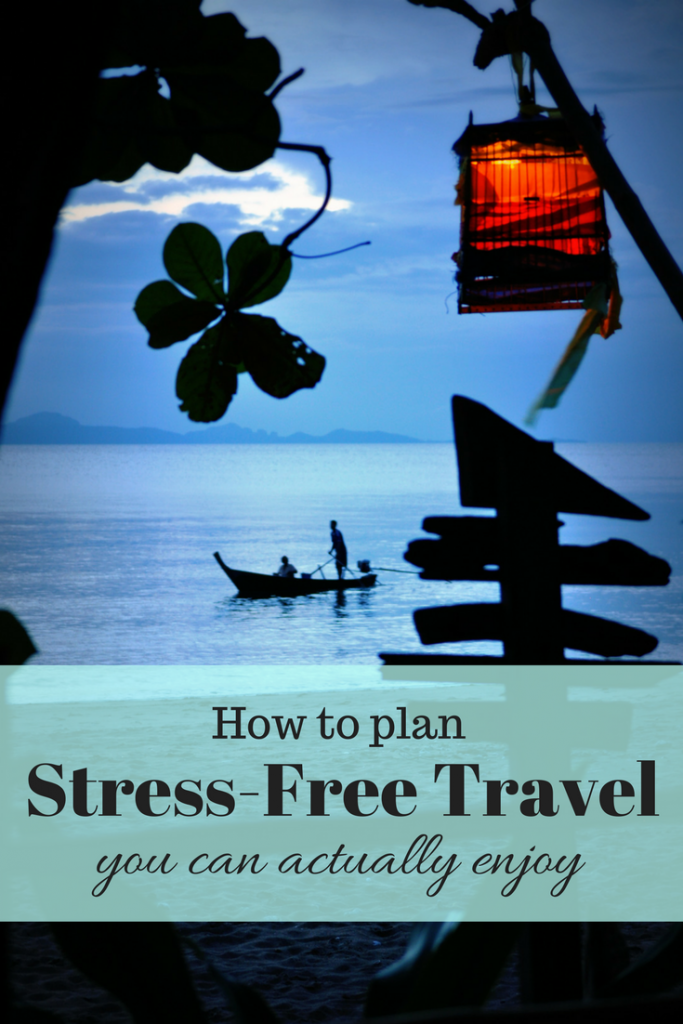
As soon as possible, get on booking accommodation for the areas you’ve decided you want to stay. Things tend to fill up fast, especially around peak times when events and celebrations will be taking place, so the earlier you book, the better the accommodation choices and prices will be. You’ll also be more prepared for the cost of your trip, knowing how much each accommodation will run you.
We typically choose one hotel or rental to base out of in each location, but for the longer stays we might break it up to two different places. For instance, we will be staying in two different rentals while in Bocas del Toro, as we will be there for 9 days and the rental we wanted the most was only available for 7 of those dates, so we found another rental for the first two nights. There are well-known and larger organizations to go through when searching for and booking travel, but there may also be some local accommodation sites with different options and lower prices if you do some research and search with terms like “vacation rentals in Panama”.
The main accommodation sites we use are:
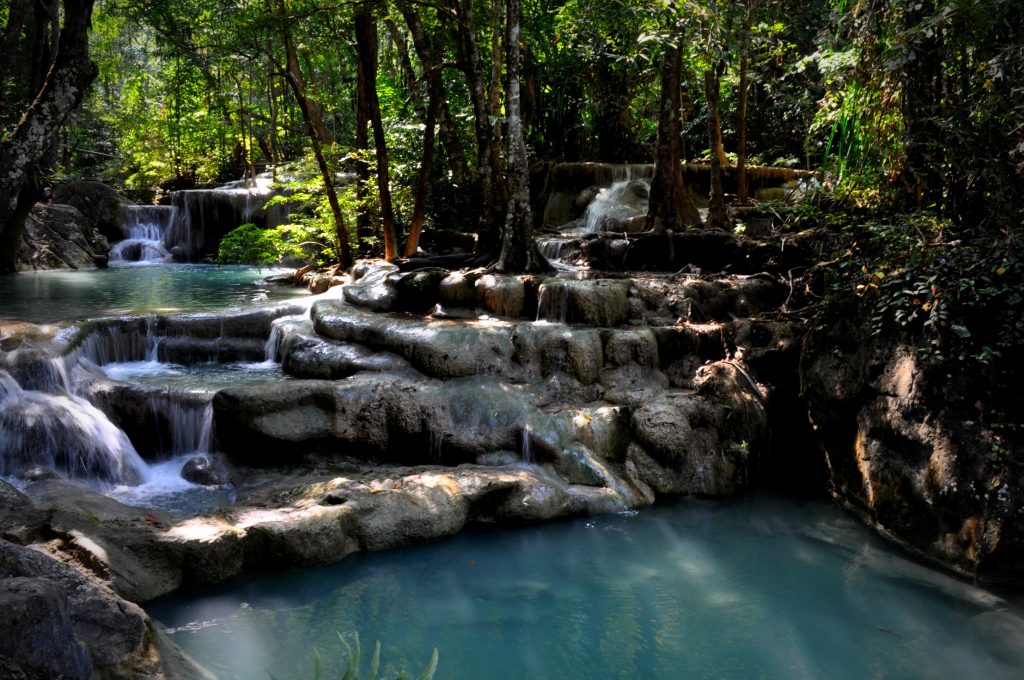
Last but not least, when planning a trip, it can be very important to make an appointment at a travel clinic. Yes, it’s one more thing to get done before you go away, and yes, it can cost some money, but if your goal is to ensure the health and safety of yourself and your family when you go away, it is well worth it to have that appointment.
At your appointment you will receive private consultation on your travel plans, with the agent looking up each of the locations you plan to visit on their expansive system. You will be advised of any travel warnings, given valuable information about staying safe, and be offered any vaccines or medications that come out of your consultation as recommended. You’ll also be given instruction on appropriate use of sunscreens and insect repellents with specific ingredients and potencies.
Wherever you’re going, I hope you have a spectacular time and that this guide on how to plan a trip has been useful to you. If you have anything to add or comment on, please do so in the comments below.
If you want to keep in touch with what’s new on this blog, you can sign up here for my short and sweet weekly e-notification about what’s been posted recently. You can also connect with me on social media: Facebook, Twitter, Instagram (where I’ll be posting updates on our upcoming family vacation in Panama), Pinterest, and YouTube.
Looking for tips on how to plan a trip to Costa Rica? Here are some important things to know before you go.
Thanks for reading and Happy Travels! 🙂
Disclosure: This How To Plan a Trip post contains affiliate and referral links. If purchases are made through these links, I may be compensated. Thank you for helping support this site and our family’s travel dreams when you book your own! You can read my full disclosure statement here.
2 thoughts on “How To Plan A Trip That’s as Stress-Free as Possible”
Pingback: Family Vacation in Costa Rica: Our 2 weeks Travel Itinerary - The Big To-Do List
Pingback: Why to Begin Planning a Summer Road Trip Now - The Big To-Do List